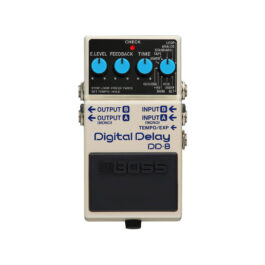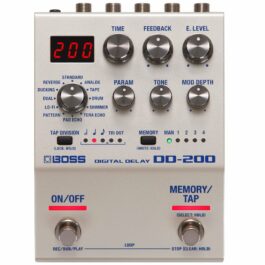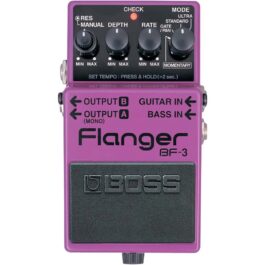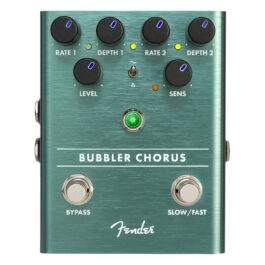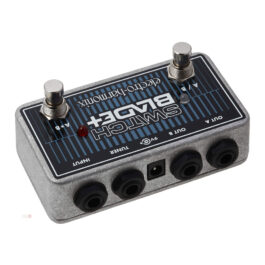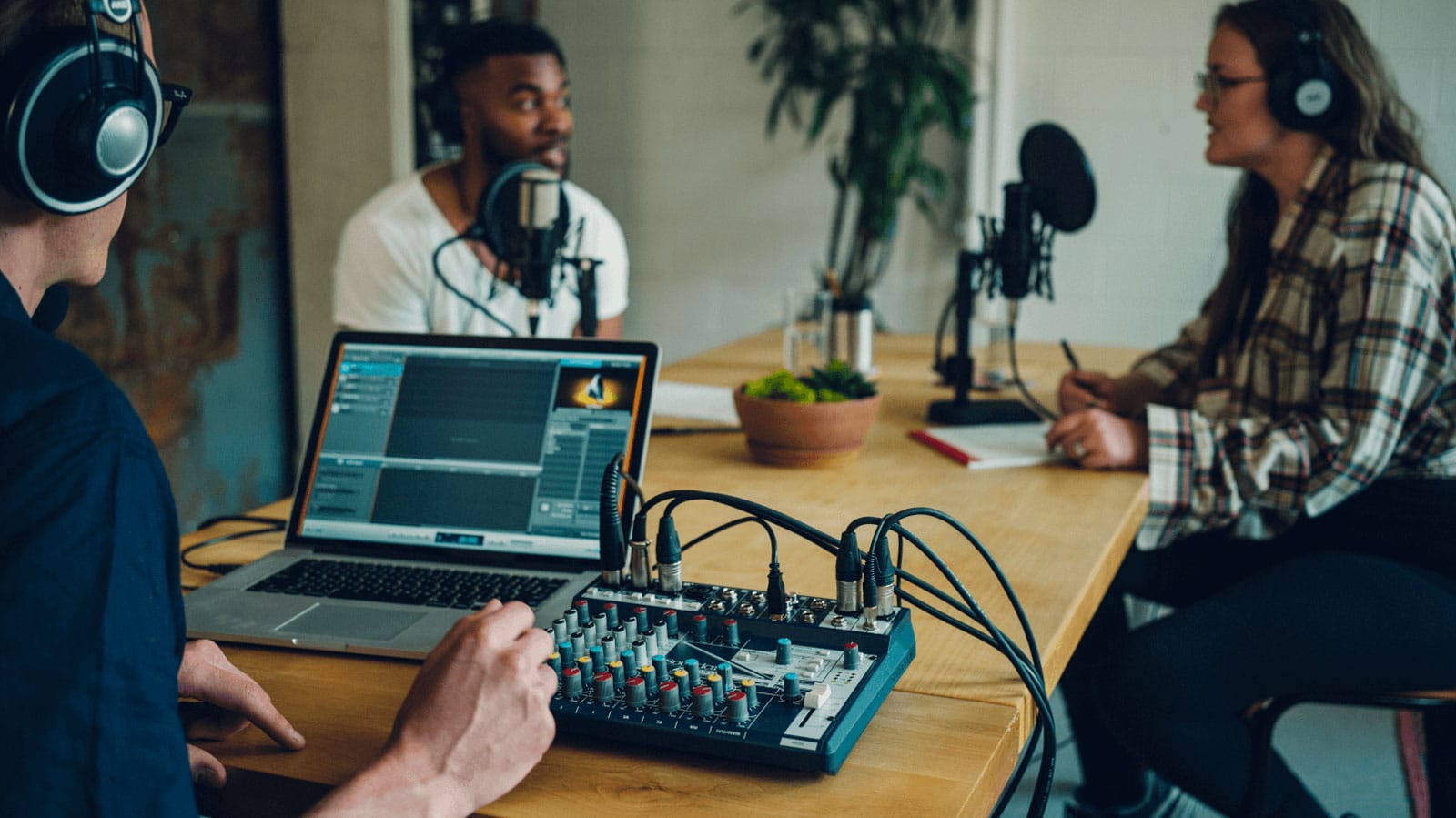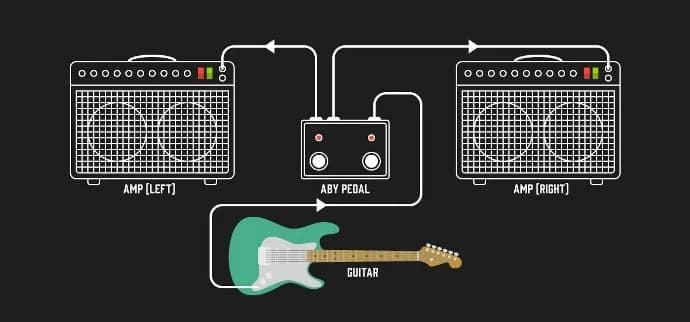
Over the last few years there has been a massive spike in the popularity of stereo guitar rigs. This is largely due to the increase in quality of digital guitar pedals and amplifiers, allowing guitarists to get studio-like stereo guitar effects with relative ease.
When first looking at diving in to the world of playing in stereo, it can be daunting, with multitudes of methods and results.
We’re going to look at some of the basics of what a stereo rig can bring to your sound, and how to go about setting one up.
The What
A stereo guitar rig is defined as any setup wherein the guitar tone splits off at some point in the chain to be affected differently, and then deliver different a sound out of two sources (Either two guitar amps, or the left and right side of a PA or studio monitoring system).
The Why
The easiest way to consider it is to think about the human ears. We all hear in stereo, that is, from two ears. For this reason, naturally and subconsciously, we innately prefer the sound of music in stereo. It mirrors what we’re familiar with in real life.
There are two major parts of a guitar sound that benefit from running in stereo.
The Primary Guitar Sound: Having the ability to amplify and EQ your guitar tone differently per side of the stereo spectrum provides room for a sonic richness that is impossible to achieve by pushing layered sound through a single speaker.
Modulation effects (delay, reverb, etc.): Modulation effects were originally designed to emulate a naturally occurring sound or effect, which people experience in stereo. Attempting to recreate this without the stereo spectrum at your disposal is always going to leave something missing.
The How
There are two major ways of going about building a stereo rig; analog, and digital.
Analog: The original, but these days more expensive, route. This is usually done by taking two separate amplifiers and connecting to both of them by way of something called an ABY pedal which allows you to split your signal to both amplifiers. This, of course, also allows you to add extra effect pedals between your amps and the ABY pedal, allowing you effectively endless room for stereo experimentation!
Digital: The driving force behind the massive rise in popularity of stereo guitar. Many digital multi-effects pedals, and stompboxes have incorporated this stereo processing and simply provide two separate outputs for you to send to either a pair of amplifiers, or directly to your recording or live PA system.
This ease of use and relative affordability means there is almost no excuse to not run in stereo whenever the opportunity presents itself.
Browse some of our stereo effect pedals now:
-
Birthday Sale Deal!
- Guitar & Bass, Guitar Compact Pedals, Guitar Effects
Boss DD-8 Digital Delay Effects Pedal
-
R5,250R4,200FREE DELIVERY - Select options
-
Birthday Sale Deal!
- Guitar & Bass, Guitar Compact Pedals, Guitar Effects
Boss DD-200 Digital Delay Effects Pedal
-
R9,195R6,435FREE DELIVERY - Select options
-
Birthday Sale Deal!
- Guitar & Bass, Guitar Compact Pedals, Guitar Effects
Boss BF-3 Flanger Effects Pedal
-
R4,795R3,355FREE DELIVERY - Select options
-
Birthday Sale Deal!
- Guitar & Bass, Guitar Compact Pedals, Guitar Effects
Fender Bubbler Analog Chorus Pedal
-
R3,695R3,140FREE DELIVERY - Select options
-
- Out of Stock
- Guitar & Bass, Guitar Effects, Guitar Compact Pedals
Electro-Harmonix SWITCH BLADE PLUS Advanced Channel Switch Pedal
-
R1,295R1,195FREE DELIVERY - Select options
-
-
- Out of Stock
- Guitar & Bass, Guitar Effects, Guitar Compact Pedals
Boss DC-2W Waza Craft Dimension C Effects Pedal
-
R7,594R5,315FREE DELIVERY - Select options
-


